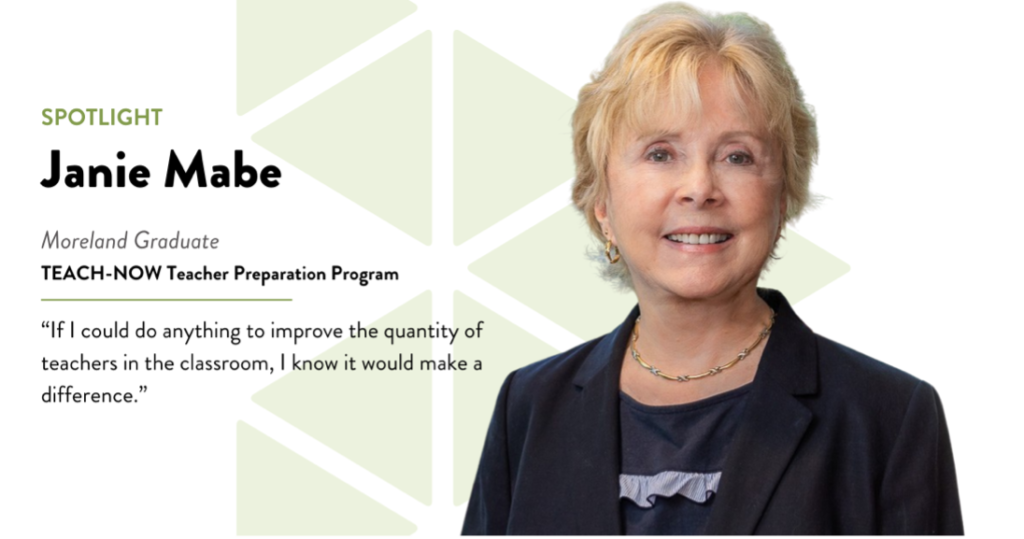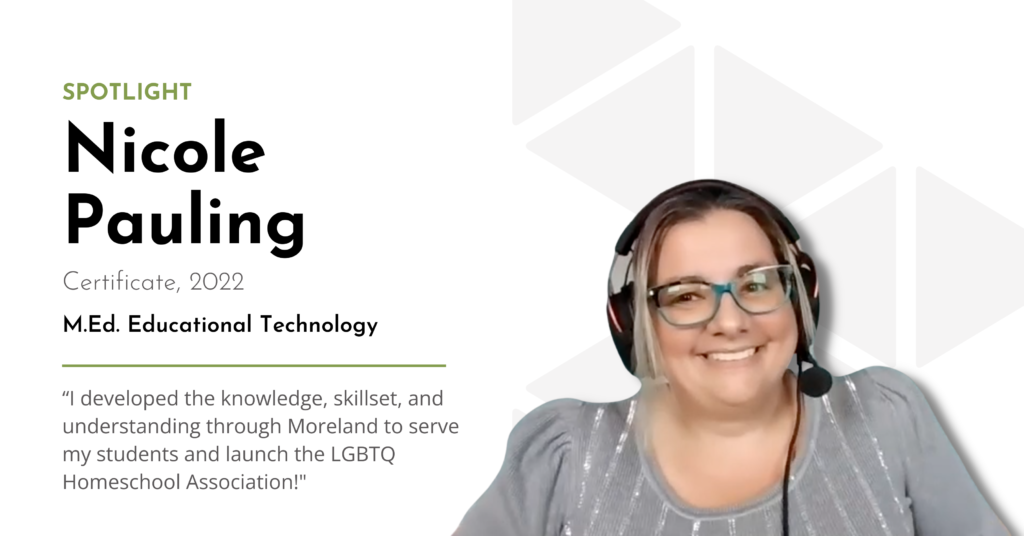Trauma-Informed Practices: Moreland University Instructor Kim Glidden’s Key Strategies for the Classroom

“For some students, the classroom is the only safe space that they have.” Kim Glidden, educator and graduate of the TEACH-NOW Teacher Preparation program, reflects on the experiences she’s had witnessing the impact of trauma on students in the classroom.
According to the CDC, a staggering 61% of adults have experienced at least one adverse event in their lives. The implications of these traumatic events, both in and outside of the classroom, can be life-altering. The effects on learning for children who have experienced trauma can be detrimental.
Without having the resources to properly process traumatic events, Kim’s research found that “a child is four times more susceptible to depression, 12 times more likely to have suicidal tendencies, and three times more at risk for health complications like heart disease.”
“I wanted to become the adult I wish I had when I was younger.” Kim Glidden notes her passion for creating trauma-informed support and practices inside the classroom for teachers and students. She attributes her teaching success to integral concepts she acquired at Moreland University’s TEACH-NOW program. For Kim, the flipped classroom model and focus on best practices, thorough research, and educational technology gave her the groundwork she needed to implement her life’s mission.
Trauma-informed strategies for the classroom. Two of Kim’s key strategies for providing trauma-informed support for students and teachers inside the classroom are:
- Self-disclosure: It is helpful when interacting with students who have experienced trauma to humanize yourself in a way that allows students to feel comfortable opening up to you. Relatability goes a long way and helps in creating a safe space for teachers and students alike.
- The right vocabulary: Informing students of how to use the proper language to accurately describe what they’re experiencing is extremely proactive in providing trauma-informed classroom practices. Empowering students, by not only giving them a voice and platform, but the correct verbiage to articulate their thoughts and emotions is a game-changer.
Learn more about our online teaching preparation program.



